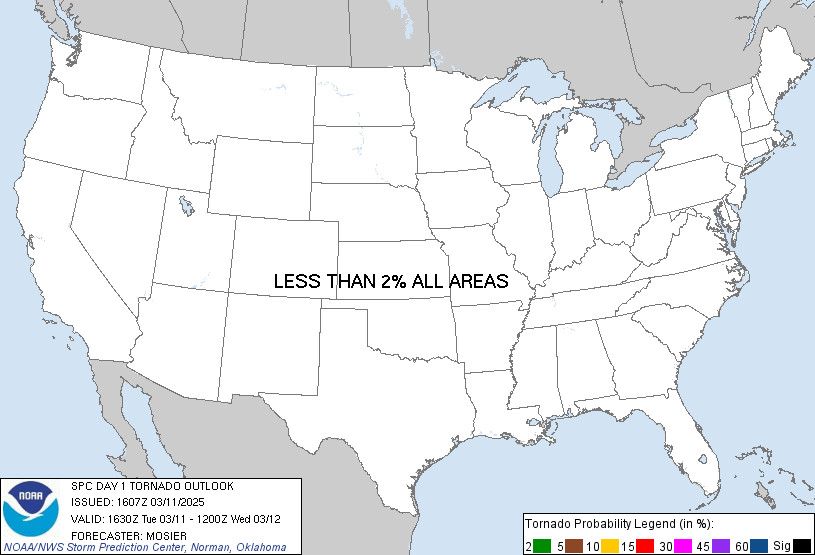India’s stock market is experiencing a downturn, primarily due to the underperformance of mid-cap and small-cap indices compared to large-cap stocks. This divergence in performance has led to a significant correction, with the BSE Sensex and NSE Nifty down 10% from their 52-week highs. Mid-cap and small-cap indices have experienced even steeper declines, falling around 15% from their peaks.
This underperformance in the broader market is attracting attention from investors and analysts alike. While the benchmark indices have recovered somewhat, the mid-cap and small-cap indices have continued to struggle, posting year-to-date losses of 12% and 15%, respectively. This contrasts with the Sensex and Nifty50, which are down only 2% year-to-date.
Experts attribute this trend to several factors, including global economic uncertainties, domestic policy concerns, and profit-booking by investors. The ongoing correction is expected to continue until mid-cap and small-cap valuations become more attractive, potentially luring back foreign institutional investors (FIIs).
Historically, bull market corrections in India have averaged around 14%. The current correction of 13% suggests that the market may be approaching a turning point. However, sentiment and momentum indicators suggest a potential pullback is imminent, with investors cautiously optimistic about a market rebound. The outperformance of large-cap stocks over mid-cap and small-cap stocks is expected to continue in the near term.

